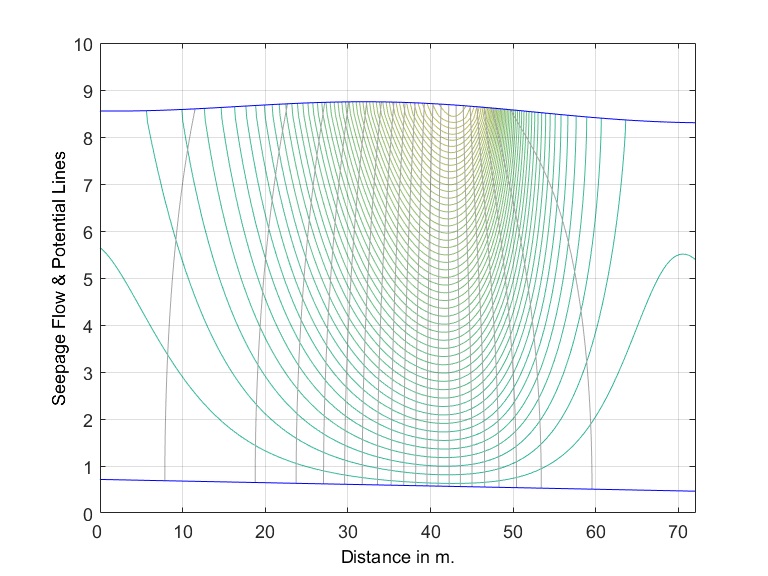The world's pipeline network is massive. Even with extensive regulation and pipeline companies taking many measures to maintain and monitor their pipelines to ensure safe operations, there is always a possibility that
a leak could occur. Oil pipeline leaks can result in significant environmental impacts and huge economic losses. Enhancing current leak detection technologies is highly desirable as it may improve response to a
leak event, thus reducing the environmental and economic losses. Among the wide variety of leak detection techniques, real-time transient model based leak detection method has the advantage of being relatively
non-invasive and requiring no field installation. The occurrence of a leak creates a transient event that may be possible to detect by analyzing the hydraulic behavior of the pipeline system. The governing equations
are solved by a computer model to calculate the hydraulic state of the pipeline in real time. The pipeline state is indicated by the measurements from field sensors, provided to the leak detection system by the
supervisory control and data acquisition (SCADA) system. A comparison between the computed and measured hydraulic states can indicate whether a leak is present.
Considering the real-world challenges that the model based leak detection method faces, it is important to investigate:
-
Effect of uncertainties on the performance of model based leak detection system
-
Enhancement of existing model based leak detection system
New research has been started on layering Artificial Intelligence with physical-based model for leak detection.


